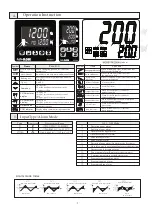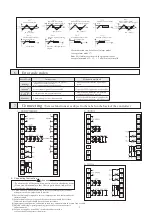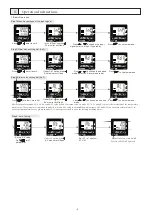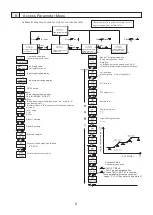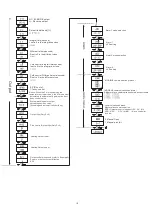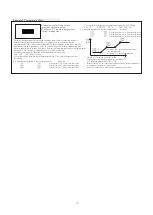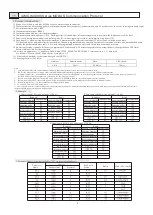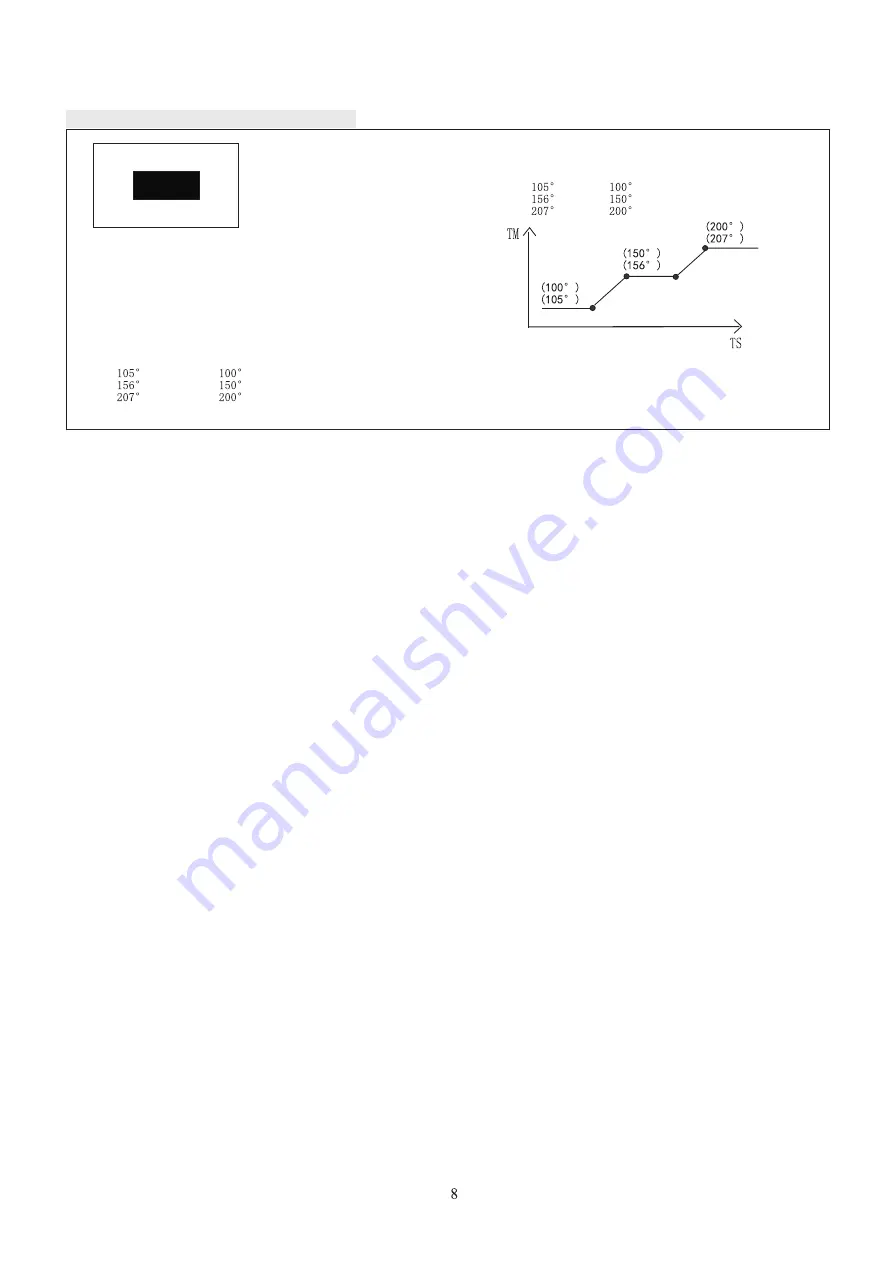
Example 3:Temperature offset
Blank area: surface temperature
(practical application area)
Black area: T/C measure temperature
(actual heating area)
There is a temperature difference between blank area: surface temperature and T/C
measure temperature.Take the customer's equipment as an example, what the
customer needs is the actual surface temperature (the actual application area), which is
the blank area in thefigure above.And T/C can only be placed in the actual heating area,
which is the black area in the figure above.And there's some temperature error between them,
because T/C can't be measured on the surface, how do youdo that?
Assuming the customer's required surface temperature is between
100
°
150
°
200
°
please resolve
1.First the relation between surface temperature and T/C measure temperature are
following:
T/C measure temperature Surface temperature
Relation
Temperature is
higher than the actual
5
°
Temperature is6
°
higher than the actual
Temperature is 7
°
higher than the actual
2.Using the PVOS three point complement function, set(TM=100
°
TS
=-
5
°),(
TM2
=
150
°
TS
=-
6
°),(
TM3
=
200
°
TS
=-
7
°),
T/C measure temperature Surface temperature
Relation
T/C temperature is 5
°
higher than the actual
T/C temperature is 6
°
higher than the actual
T/C temperature is 7
°
higher than the actual
Previous row: customer needs virtual
real temperature
Next row:T/C actual temperature
3.When SV is set to 100, control PV to 100
Although the actual heating temperature control zone
(T/C measured temperature) is 100+5=105°
However, the PV of 100° is the actual application area (surface temperature),
which meets the customer's requirements.
Note: TS is not positive when the above conditions are reversed
(PV)


